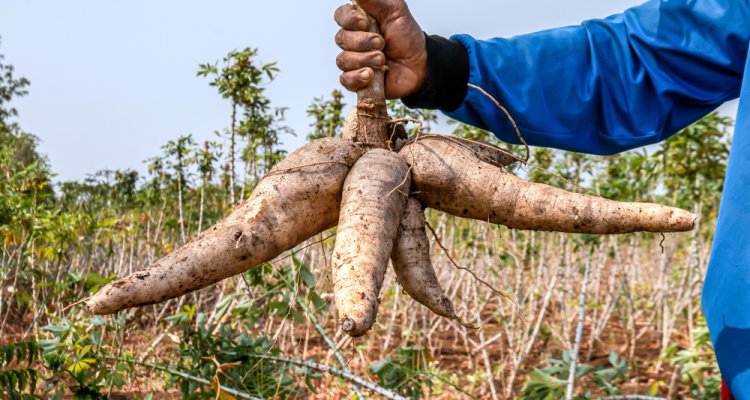
PhD defence
Cassava seed systems in Southeast Asia: Structure, functioning, and implications
Summary
Cassava is the second most important crop after rice in many countries of Southeast Asia’s Greater Mekong Subregion. Unlike grains or cereals, cassava is vegetatively propagated, and its ‘seeds’ are stem cuttings from last year’s crop. Despite over three million hectares harvested annually, very little is documented about the seed systems used by Southeast Asian smallholder farmers. Changing cultivation systems, climate and environmental stresses, and new diseases make access to new varieties and quality seed more important than ever. But how can cassava seed systems be improved if we don’t know how they function? This thesis addresses this research gap with an interdisciplinary approach combining seed network analysis, mapping of formal and informal seed production systems, investigating farmer’s seed exchange and purchase behaviors, and evaluation of the evolving regional legal context. By doing so, the suitability of current models for conceptualizing the structure of seed systems are challenged.